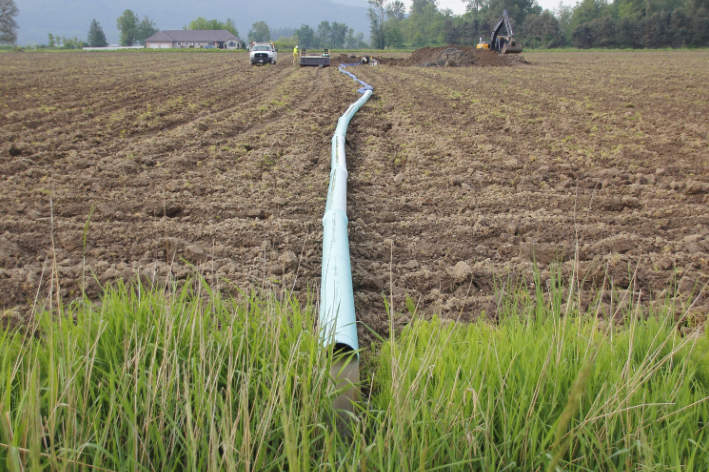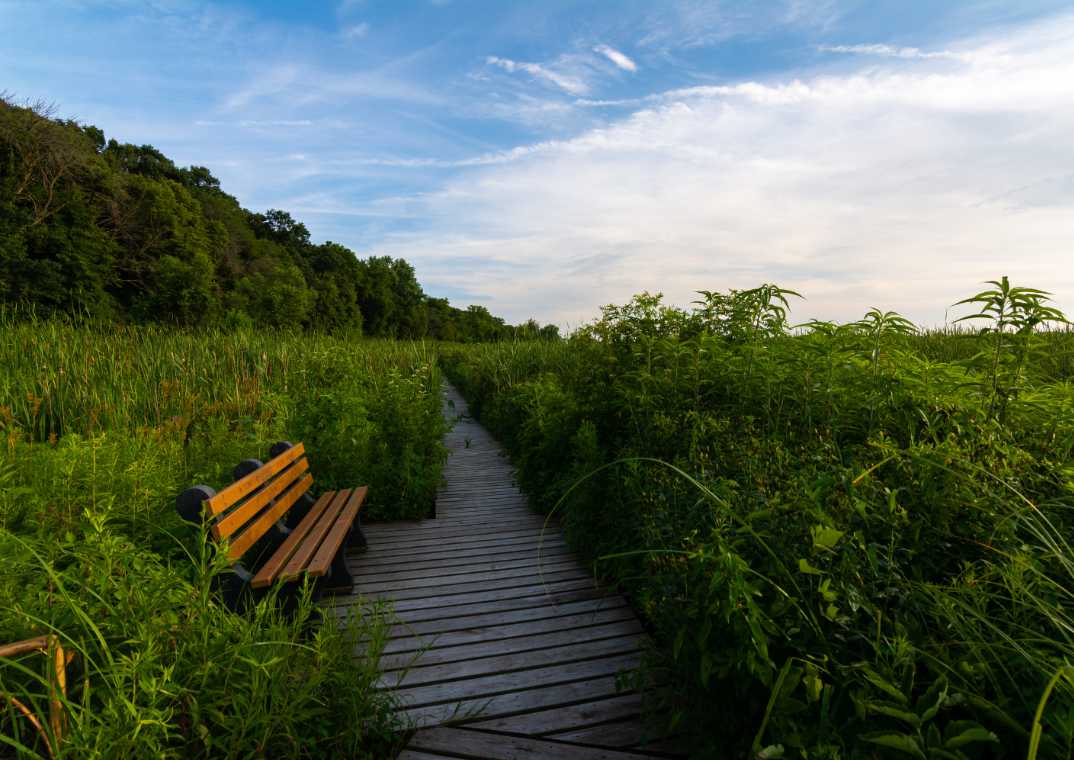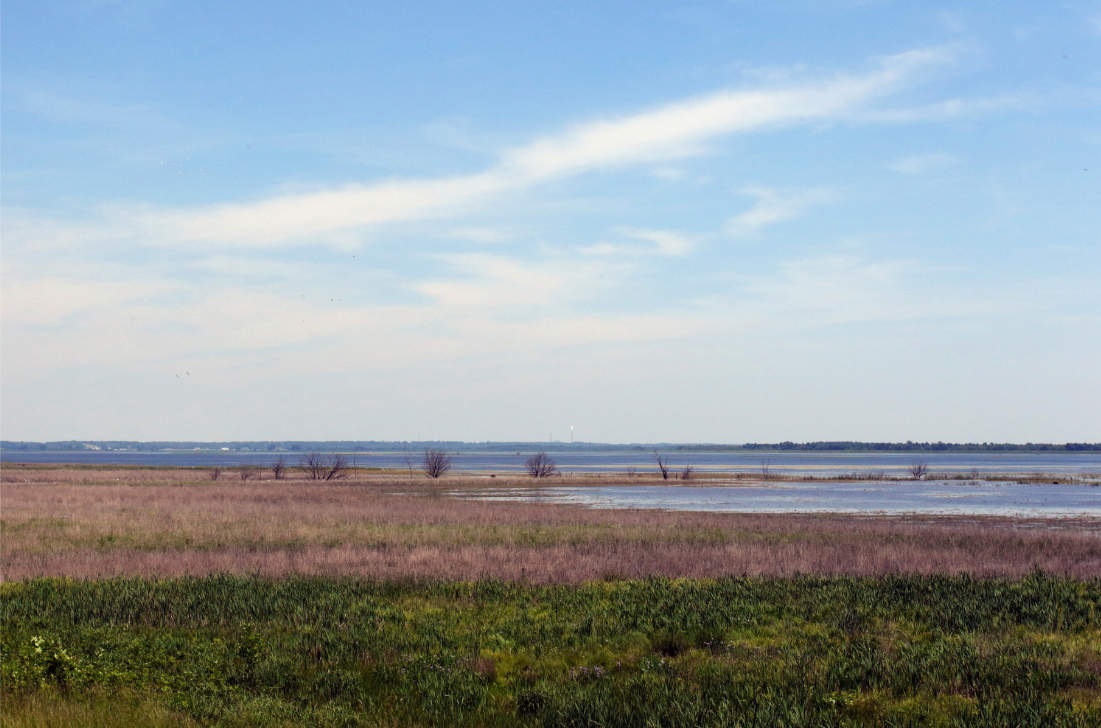The goal of every successful rewilding campaign is to support nature by transforming degraded or lifeless land into thriving ecosystems. One of the pillars of these initiatives is to draw down carbon from our overloaded atmosphere and provide the conditions that allow nature to naturally do her job of sinking carbon into plants, animals and the earth.
Simply protecting and restoring wild ecosystems can slow the planet’s warming trend that is now on course to surpass the threshold of 1.5 degrees °C above pre-industrial levels. Averting the harm and suffering caused by climate-related disasters can be achieved without the need for massive investments in new carbon sequestering technologies.
The Role of Wetlands
One of nature’s best carbon sinks is wetlands. Wetlands are our biosphere’s unsung heroes. Bogs, swamps, mangroves, tidal marshes, peatlands, floodplains, and a variety of other wetland habitats are some of our greatest allies in the race to mitigate climate change. Considered the kidneys of nature, wetlands act like a sponge to absorb massive amounts of water, collect and store it while it undergoes purification and then releasing pure, clean water into tributaries, streams and lakes that foster biodiversity by providing habitat for a multitude of lifeforms.
 Wetlands store six times more carbon than grasslands per acre. They represent one of the largest terrestrial carbon sinks, second only to forests. Despite their value both in terms of the carbon they store and the biodiversity they support, over the last few centuries, wetlands around the world have been drained and converted to farmland or exploited for fuel extraction. Now with increased flooding driven by climate change, the need for the protection that wetlands offer is being recognized.
Wetlands store six times more carbon than grasslands per acre. They represent one of the largest terrestrial carbon sinks, second only to forests. Despite their value both in terms of the carbon they store and the biodiversity they support, over the last few centuries, wetlands around the world have been drained and converted to farmland or exploited for fuel extraction. Now with increased flooding driven by climate change, the need for the protection that wetlands offer is being recognized.
Rewilding the Illinois River
The good news is, wetland restoration projects by conservation groups around the world are showing some very promising results.
Here in the midwestern United States, during the early 20th century, complex drainage districts were formed around the Illinois River to dry out the adjacent wetlands in order to create farmland for planting corn and soy. But the work became unsustainable.

By the end of the 20th century, farmers in the Hennepin Drainage and Levee district of Illinois were losing money trying to maintain the levee, drainage pumps and pipes. Approximately nine million gallons of water had to be diverted away from the fields every day. In 2001, a group of farmers decided to sell almost 3,000 acres to the Wetlands Initiative, a nonprofit organization committed to rewilding the wetlands by reflooding them and thus returning them to the way they were before.

Once the pump and drainage tiles were disabled, it took just three months for the Hennepin and Hopper lakebeds to naturally refill. Soon after, the animals and native plant species that previously inhabited the wetlands began returning on their own. The land was opened up to the public and named the
Sue and Wes Dixon Waterfowl Refuge. Nature enthusiasts can now enjoy more than 270 bird species and seven miles of hiking trails through the beautiful prairie. This is truly rewilding at its finest!

More wetlands along the Illinois River are in the process of being restored. The Nature Conservancy’s Emiquon Preserve is restoring 7,000 acres back to wetlands from previously drained farmland. Like the Dixon preserve, humans are now enjoying bird watching, boating, board walks, hiking trails and canoeing in the preserve. Endangered Black Neck Stilts are nesting there while waterfowl of all types have returned. The vibrancy of wildlife that pulses in wetlands is visible and felt by all.
n Sparland Illinois, a smaller campaign on only 41 acres called The Wightman Lake Wetlands has the goal of not only providing habitat for migrating waterfowl, but also restoring a forest dominated by a single tree species to a more biodiverse forest. Humans are planting pecans, oaks and other hardwood tree species that once grew there. This will allow for a proliferation of wildlife that live under the trees and will bring back waterfowl and songbirds to the wetlands.
Whether small or large, projects that rewild wetlands can make a huge difference to preserving life as we know it on Planet Earth!


